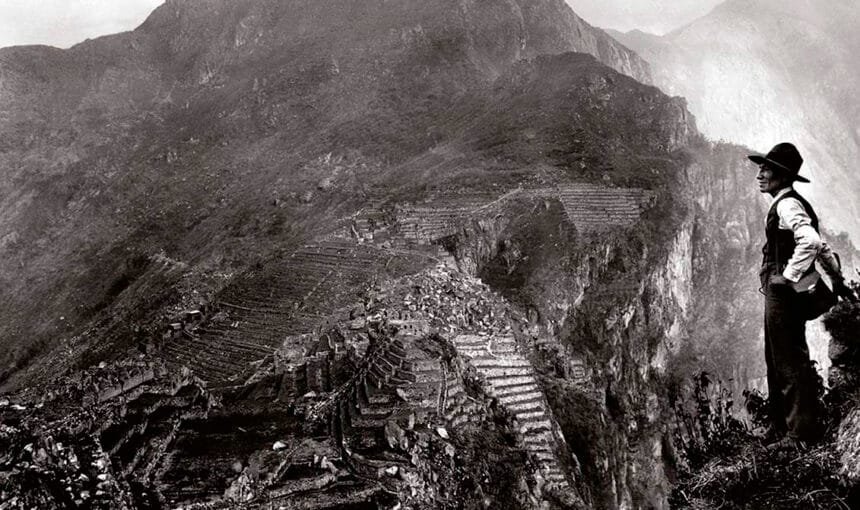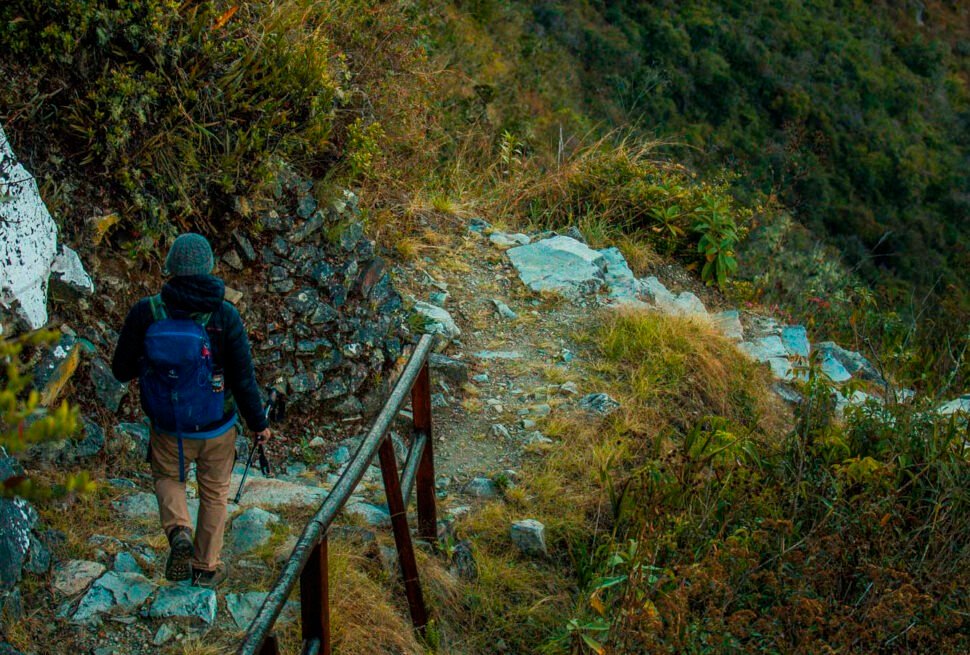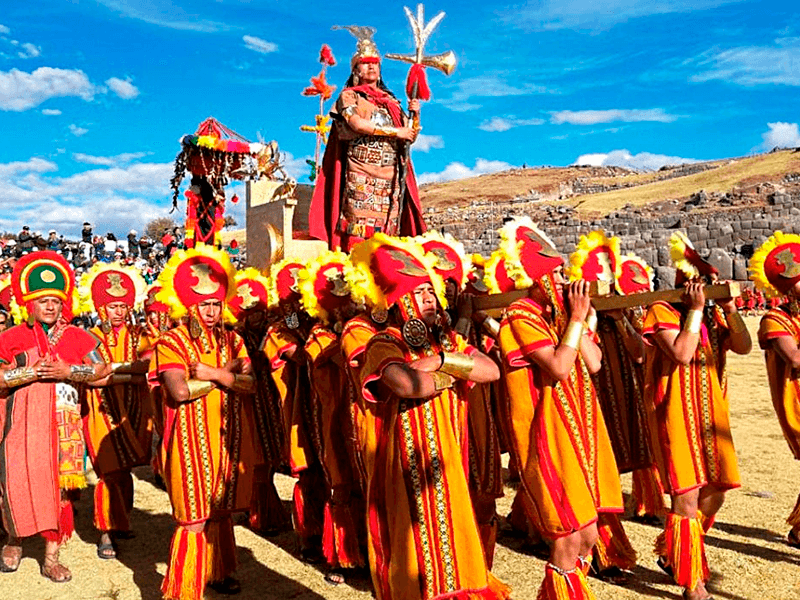Machu Picchu, often referred to as the “Lost City of the Incas,” is one of the most iconic and mysterious archaeological sites in the world. Nestled in the Andes Mountains of Peru, this ancient Inca city has fascinated historians, archaeologists, and travelers for over a century. Built in the mid-15th century, Machu Picchu offers an extraordinary glimpse into the sophistication of Inca civilization, its architecture, agricultural practices, and religious traditions.
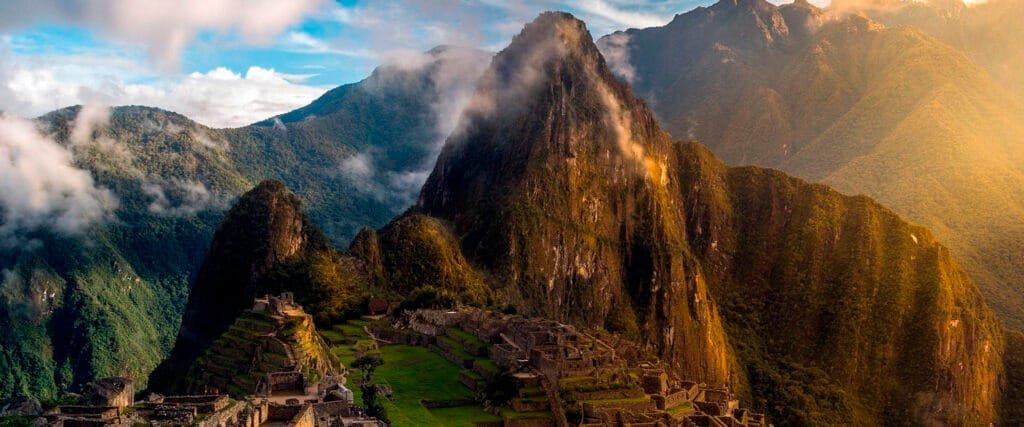
The Origen of Machupicchu
Machu Picchu is believed to have been constructed during the reign of Pachacuti Inca Yupanqui, one of the greatest rulers of the Inca Empire, around the year 1450. This was a period of rapid expansion for the empire, as Pachacuti led conquests throughout the Andes, expanding the reach of the Inca civilization. Machu Picchu, situated high on a mountain ridge above the Urubamba River valley, was likely built as a royal estate for Pachacuti and his descendants. It served as a religious and administrative hub, offering a retreat from the capital of Cusco and an isolated sanctuary for the Inca elite.
The strategic location of Machu Picchu was significant. It was perched at an altitude of 2,430 meters (7,970 feet), blending harmoniously with the surrounding landscape of towering peaks and deep valleys. The site’s location, which made it difficult to access, provided both natural protection and a peaceful escape. Furthermore, the geography facilitated the Inca’s advanced agricultural techniques, including terracing and irrigation, which allowed them to cultivate crops in the rugged Andean terrain.
Architectural Marvels of the Inca
One of the most remarkable aspects of Machu Picchu is the architecture. The site is divided into two main sectors: the urban area (Hanan) and the agricultural area (Urin), with over 150 buildings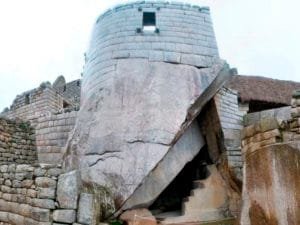 that include temples, sanctuaries, plazas, and residential structures.
that include temples, sanctuaries, plazas, and residential structures.
The Incas were master stone masons, known for their ability to create precision-cut stones that fit together seamlessly without the use of mortar. This technique, known as ashlar masonry, is prominently displayed in Machu Picchu. Structures such as the Temple of the Sun, which was likely a religious site used to honor the Sun God Inti, and the Intihuatana Stone, a ritual stone associated with astronomical observations, reveal the advanced engineering skills of the Inca and their deep connection to the cosmos.
Religious Significance
Machu Picchu’s design and layout also reflect the religious and cosmological beliefs of the Inca civilization. The Incas worshiped the sun, the moon, the stars, and the natural landscape, all of which were integrated into the spiritual life of the city. The alignment of key structures with the solstices and the positioning of sacred stones suggests that Machu Picchu was a center for astronomical observation and spiritual ceremonies. The city’s elevation, with its views of the surrounding sacred mountains, or Apus, reinforced the Inca belief in the connection between the earthly realm and the divine.
The Abandonment of Machu Picchu
Although Machu Picchu thrived for several decades, it was mysteriously abandoned sometime in the late 16th century. The exact reasons for its abandonment remain uncertain, but it is speculated that the Spanish conquest of the Inca Empire played a role. However, unlike other Inca cities, the Spanish never discovered Machu Picchu, allowing it to remain relatively intact for centuries.
Some historians believe that the site lost its importance after Pachacuti’s death and his descendants moved away. Others suggest that a smallpox epidemic, brought by Spanish colonizers, could have contributed to the population decline, leading to its abandonment.
Rediscovery by Hiram Bingham
Machu Picchu, one of the most iconic archaeological wonders of the world, was rediscovered in 1911 by Hiram Bingham, an American historian and explorer from Yale University. However, the site was not unknown to the local Andean inhabitants, and there is evidence that some locals were aware of the site’s existence long before Bingham’s arrival.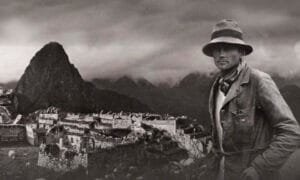
Bingham came to Peru in search of Vilcabamba, the legendary last city of the Incas, but was led to Machu Picchu by local farmers and a young boy named Pablito Álvarez. What Bingham found was a complex of beautiful stone structures hidden beneath thick layers of vegetation, perched high in the Andes, above the Urubamba River valley.
Although Machu Picchu is often attributed to Bingham’s discovery, archaeological research indicates that the site was likely built during the reign of the Inca emperor Pachacuti in the 15th century. It served as a royal estate and religious retreat. Hiram Bingham’s work brought Machu Picchu to global attention, and he returned multiple times to conduct further excavations, publishing his findings in National Geographic and various academic papers, cementing its status as an international symbol of Inca civilization.
UNESCO World Heritage Site and Modern-Day Wonder
In 1983, Machu Picchu was designated a UNESCO World Heritage Site, recognizing its cultural and historical significance. It is also one of the New Seven Wonders of the World, attracting nearly 1.5 million visitors each year.
Despite its fame, Machu Picchu remains a site of ongoing research. Archaeologists continue to study the site to better understand its purpose, the daily life of its inhabitants, and its relationship to other Inca cities. Conservation efforts are critical to preserving the fragile ruins, which face challenges from natural erosion, tourism, and environmental factors.
Conclusion
Machu Picchu is much more than just a tourist destination—it is a testament to the ingenuity, artistry, and spirituality of the Inca civilization. Its history, shrouded in mystery and discovery, continues to captivate scholars and travelers alike. For the Inca, Machu Picchu was a sacred retreat; for the modern world, it stands as a reminder of the richness of ancient cultures and the enduring power of human achievement.

